![Stockhausen, Karlheinz : Mantra (performed by Mark Knoop, Roderick Chadwick and Newton Armstrong) (Hat [now] ART) Stockhausen, Karlheinz : Mantra (performed by Mark Knoop, Roderick Chadwick and Newton Armstrong) (Hat [now] ART)](https://www.teuthida.com/productImages/misc4/19765.jpg)
Stockhausen's late 60s composition "Mantra" was a return to his intricately systematised approach to musical construction, expanding the possibilities and potentialities of the serial principle to allow for more melodic and embraceable compositions.
In Stock
Quantity in Basket: None
Log In to use our Wish List
Shipping Weight: 3.00 units
EU & UK Customers:
Discogs.com can handle your VAT payments
So please order through Discogs
Sample The Album:
Karlheinz Stockhausen-composer
Mark Knoop-piano
Roderick Chadwick-piano
Newton Armstrong-electronics
Click an artist name above to see in-stock items for that artist.
UPC: 752156019022
Label: Hat [now] ART
Catalog ID: Hat[now]ART190
Squidco Product Code: 19765
Format: CD
Condition: New
Released: 2014
Country: Switzerland
Packaging: Cardboard Gatefold 3 Panels
Recorded at Hall Two, Kings Place, London, England on Janurary 5th and 6th, 2013 by David Lefeber.
"The composition of Mantra was a turning point for Stockhausen. After a period in the second half of the 1960s during which his music had taken a decidedly speculative turn, Mantra signalled a return to the intricately systematised approach to musical construction that had characterised his serial works of the 1950s, and at the same time established a set of concerns that would underpin his music for much of the remainder of his life. This return to serial preoccupations was, however, by no means a regression. Mantra expanded the possibilities and potentialities of the serial principle, effecting a decisive shift away from the more austere and abstract music of the 1950s, and effectively re-opening the doors to melody, theatre, extra-musical reference, and allusions to tonal harmony."-Newton Armstrong
"Mantra is a composition by the German composer Karlheinz Stockhausen. It was composed in 1970 and premiered in autumn of the same year in Donaueschingen. The work is scored for two ring-modulated pianos; each player is also equipped with a chromatic set of crotales (antique cymbals) and a wood block, and one player is equipped with a short-wave radio producing morse code or a magnetic tape recording of morse code. In his catalogue of works, the composer designated it as work number 32."-Wikipedia

The Squid's Ear!
Artist Biographies
• Show Bio for Karlheinz Stockhausen "Karlheinz Stockhausen (1928-2007) composed 376 individually performable works. From 1977 to 2003 he composed the cycle of operas LICHT (LIGHT), The Seven Days of the Week, which comprises about 29 hours of music. All of the seven parts of this music-theatre work have had their staged world premières: DONNERSTAG (THURSDAY) in 1981, SAMSTAG (SATURDAY) in 1984, and MONTAG (MONDAY) in 1988, all three produced by the Teatro alla Scala in Milan; DIENSTAG (TUESDAY) in 1993 and FREITAG (FRIDAY) in 1996, both at the Leipzig Opera, SONNTAG (SUNDAY) in 2011, at the Cologne Opera. With MITTWOCH (WEDNESDAY), the Birmingham Opera Company presented the last day of the LICHT heptalogy on Wednesday, August 22nd 2012. After LICHT, Stockhausen intended to compose the hours of the day, the minute and the second. He began the cycle KLANG (SOUND), The 24 Hours of the Day, and until his death in December 2007, he composed the 1st Hour HIMMELFAHRT (ASCENSION) to the 21st Hour PARADIES (PARADISE). Karlheinz Stockhausen started composing in the early 1950s. Already the first compositions of "Point Music" such as KREUZSPIEL (CROSS-PLAY) in 1951, SPIEL (PLAY) for orchestra in 1952, and KONTRA-PUNKTE (COUNTER-POINTS) in 1952/53, brought Stockhausen international fame. Fundamental achievements in music since 1950 are indelibly imprinted through his compositions: The "Serial Music", the "Point Music", the "Electronic Music", the "New Percussion Music", the "Variable Music", the "New Piano Music", the "Space Music", "Statistical Music", "Aleatoric Music", "Live Electronic Music"; new syntheses of "Music and Speech", of a "Musical Theatre", of a "Ritual Music", "Scenic Music"; the "Group Composition", polyphonic "Process Composition", " Moment Composition", "Formula Composition" to "Multi-Formula Composition"; the integration of "found objects" (national anthems, folklore of all countries, short-wave events, "sound scenes", etc.) into a "World Music" and a "Universal Music"; the synthesis of European, African, Latin American and Asian music into a "Telemusic"; the vertical " Octophonic Music". Stockhausen's entire oeuvre can be classified as "Spiritual Music"; this becomes more and more evident not only in the compositions with spiritual texts, but also in the other works of "Overtone Music", "Intuitive Music", "Mantric Music", reaching "Cosmic Music" such as STIMMUNG (TUNING), AUS DEN SIEBEN TAGEN (FROM THE SEVEN DAYS), MANTRA, STERNKLANG (STAR SOUND), INORI, ATMEN GIBT DAS LEBEN (BREATHING GIVES LIFE), SIRIUS, LICHT (LIGHT), KLANG (SOUND). At nearly all world premières and in innumerable exemplary performances and recordings of his works world-wide, Stockhausen either personally conducted, or performed in or directed the performance as sound projectionist. In a spherical auditorium conceived by Stockhausen, most of his works composed until 1970 were performed at the Expo '70 world fair in Osaka, Japan, for 5½ hours daily for 183 days by twenty instrumentalists and singers, there by reaching an audience of over a million listeners. In addition to numerous guest professorships in Switzerland, the United States, Finland, Holland, and Denmark, Stockhausen was appointed Professor for Composition at the Hochschule für Musik in Cologne in 1971. In 1996 he was awarded an honorary doctorate from the Freie Unversität Berlin, and in 2004 received an honorary doctorate from the Queen's University in Belfast. He is a member of 12 international Academies for the Arts and Sciences, was named Honorary Citizen of Kuerten in 1988, became Commandeur dans l'Ordre des Arts et des Lettres, received many gramophone prizes and, among other honours, the Federal Medal of Merit, 1st class, the Siemens Music Prize, the UNESCO Picasso Medal, the Order of Merit of the State of North Rhine Westfalia, many prizes from the German Music Publisher's Society for his score publications, the Hamburg BACH Prize, the Cologne Culture Prize and, the Polar Music Prize with the laudation: "Karlheinz Stockhausen is being awarded the Polar Music Prize for 2001 for a career as a composer that has been characterized by impeccable integrity and never-ceasing creativity, and for having stood at the fore front of musical development for fifty years."" ^ Hide Bio for Karlheinz Stockhausen • Show Bio for Mark Knoop "London based pianist and conductor Mark Knoop is known for his fearless performances and individual interpretations. He has commissioned and premièred countless new works and worked with many respected composers including Michael Finnissy, Joanna Bailie, Bryn Harrison, Bernhard Lang, Matthew Shlomowitz, Jennifer Walshe and Steven Kazuo Takasugi. His versatile technique and virtuosity also brings fresh approaches to the standard and 20th-century repertoire. Mark performs regularly throughout Europe, the United Kingdom and Australia and in New Zealand, South Korea, Mongolia, United States of America, Canada and at festivals including Transit (Leuven), Ultima (Oslo), Huddersfield, London Contemporary Music Festival, Borealis (Bergen), Spor (Århus), Athelas (Copenhagen), and MaerzMusik (Berlin). He performs with various ensembles including Plus-Minus (London/Brussels) and Apartment House (London), and has conducted EXAUDI (London), Scenatet (Denmark), and London Sinfonietta. His recordings of music by John Cage, Richard Beaudoin, Karlheinz Stockhausen, Peter Ablinger, and David Lumsdaine have been critically acclaimed." ^ Hide Bio for Mark Knoop • Show Bio for Roderick Chadwick "Roderick Chadwick (born 1978) is an English classical pianist. Chadwick was born in Manchester, England, and studied music at ChethamÕs School of Music, St CatharineÕs College, Cambridge, and the Royal Academy of Music, where he studied with Hamish Milne. He received the Masco Carner Fellowship in 1997-1998, and joined the staff of the Royal Academy of Music in 1999. Chadwick has performed in many European countries, as well as in the United States and Asia. He has performed at Seoul Arts Centre, Auditorium du Louvre, Schloss Elmau and Tokyo Opera City Concert Hall, Wigmore Hall and others. In addition to solo performances, he is the founder of Plus-Minus Ensemble, and has performed with this group in a number of venues and festivals. He also performs regularly with the CHROMA chamber ensemble. Chadwick is especially interested in the music of Messiaen and his students, and has carried out musicological research into Messiaen's music. In performance, Chadwick focuses on contemporary and 20th-century music, and works with a number of contemporary composers, including Newton Armstrong, Gloria Coates, Michael Finnissy, Nicola Campogrande, Matthew Shlomowitz, Mihailo Trandafilovski, Bryn Harrison, Trond Reinholdtsen and Michel van der Aa. Roderick Chadwick has recorded several CDs for the Naxos, Innova, Metier and Guild labels, recording works by Gloria Coates, David Gorton, Nicola Campogrande and others. Chadwick teaches at the Royal Academy of Music, in London." ^ Hide Bio for Roderick Chadwick
7/1/2025
Have a better biography or biography source? Please Contact Us so that we can update this biography.
7/1/2025
Have a better biography or biography source? Please Contact Us so that we can update this biography.
7/1/2025
Have a better biography or biography source? Please Contact Us so that we can update this biography.
Track Listing:
1. Bars 1-10 1:35
2. Bars 11-127 8:58
3. Bars 128-150 2:43
4. Bars 151-204 7:02
5. Bars 205-281 4:28
6. Bars 282-323 4:10
7. Bars 324-444 6:41
8. Bars 445-487 2:34
9. Bars 488-537 7:56
10. Bars 538-639 6:58
11. Bars 640-687 6:42
12. Bars 688-854 4:56
13. Bars 855-887 3:53
Compositional Forms
Avant-Garde
Electro-Acoustic
Electroacoustic Composition
Hat Art
Piano & Keyboards
Last Copy of Items that will not be restocked...
Search for other titles on the label:
Hat [now] ART.

![Stockhausen, Karlheinz : Mantra (performed by Mark Knoop, Roderick Chadwick and Newton Armstrong) (Hat [now] ART) Stockhausen, Karlheinz : Mantra (performed by Mark Knoop, Roderick Chadwick and Newton Armstrong) (Hat [now] ART)](https://www.teuthida.com/productImages/full/19765.Full.jpg)
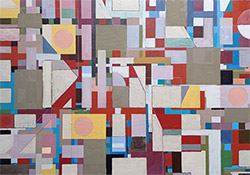
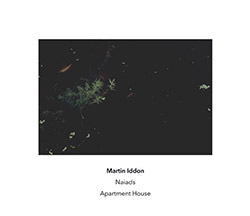

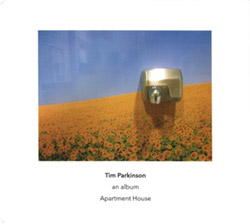
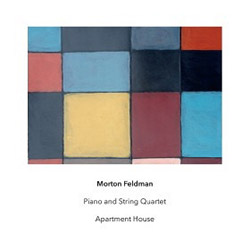

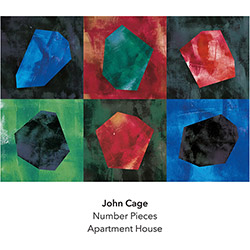
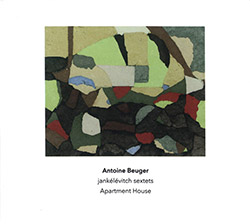
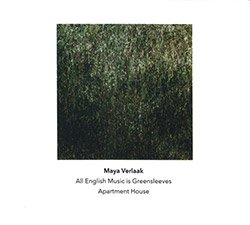
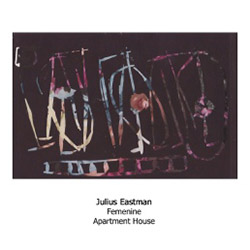
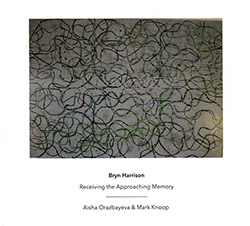
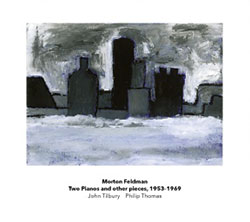

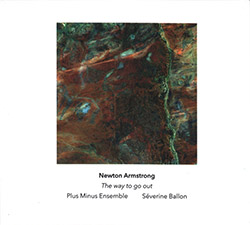
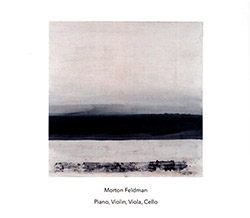
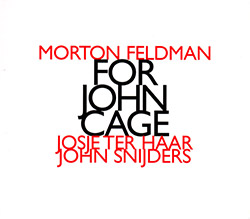
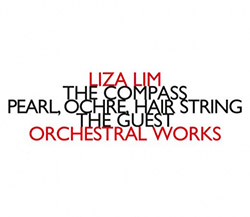

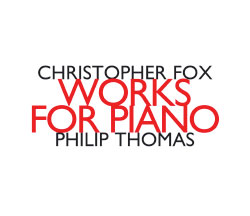
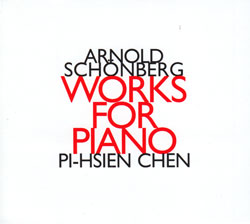
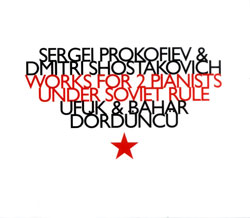
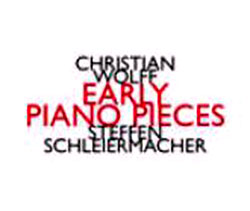
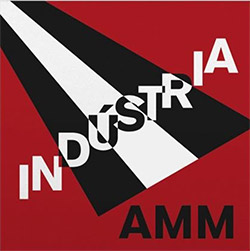
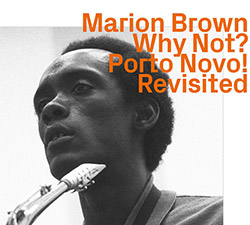
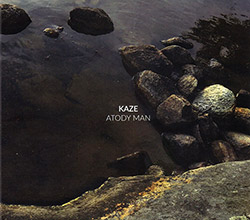
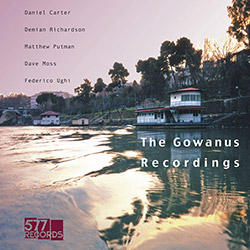

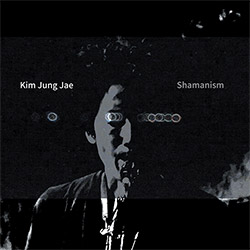
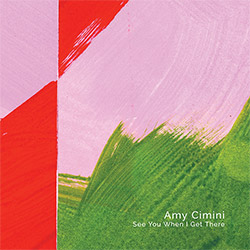
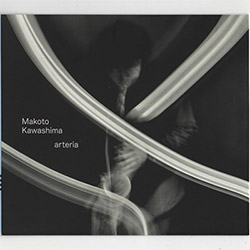
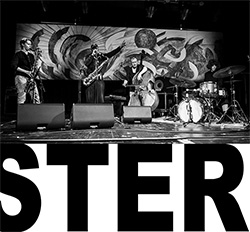
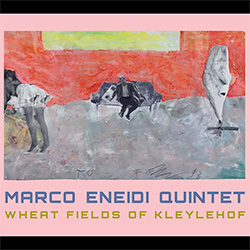
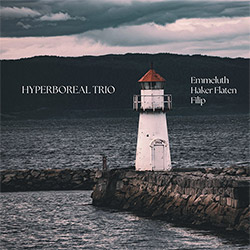
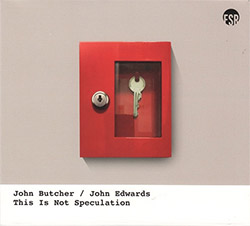
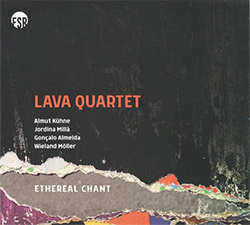
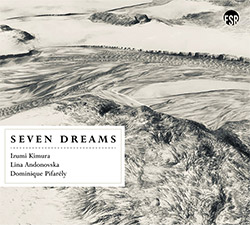
![Deupree, Jerome / Sylvie Courvoisier / Lester St. Louis / Joe Morris: Canyon [2 CDs]](https://www.teuthida.com/productImages/misc4/36404.jpg)

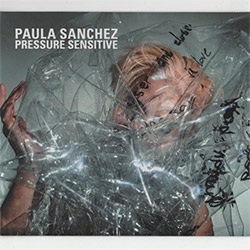
![Eternities: Rides Again [CASSETTE]](https://www.teuthida.com/productImages/misc4/36247.jpg)
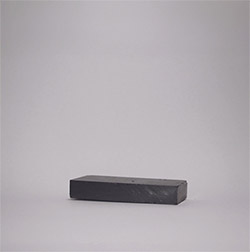
![Lopez, Francisco: Untitled (2021-2022) [2 CDs]](https://www.teuthida.com/productImages/misc4/36438.jpg)
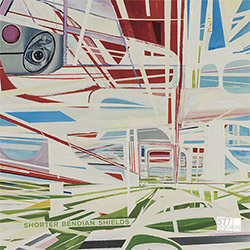
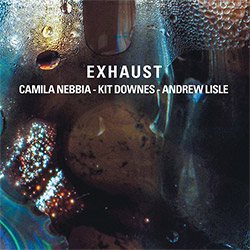
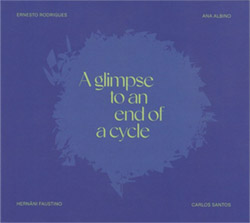
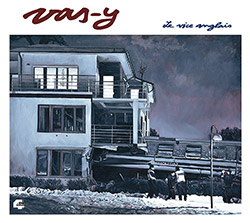
![Eventless Plot | Haarvol: The Subliminal Paths [CASSETTE + DOWNLOAD]](https://www.teuthida.com/productImages/misc4/36232.jpg)


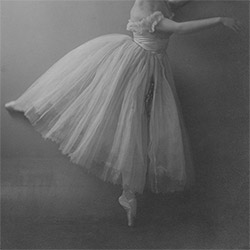

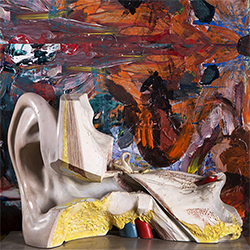
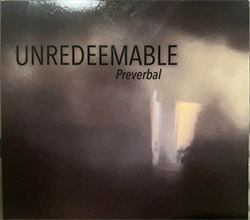
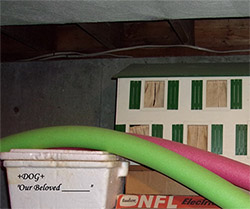
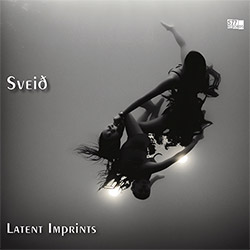
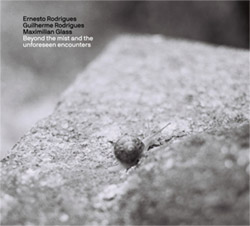

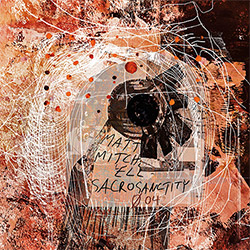
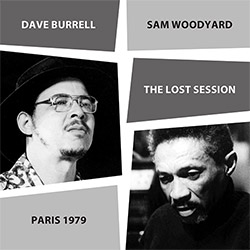
![Eventless Plot | Francesco Covarino: Methexis [CASSETTE + DOWNLOAD]](https://www.teuthida.com/productImages/misc4/36231.jpg)
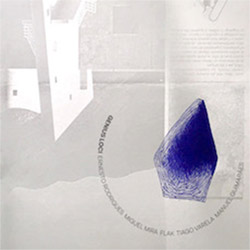
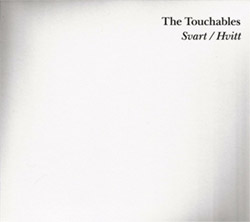
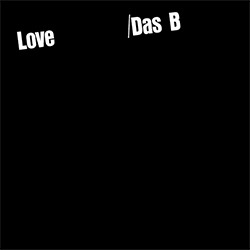
![Das B (Mazen Kerbaj / Mike Majkowski / Magda Mayas / Tony Buck): Love [VINYL]](https://www.teuthida.com/productImages/misc4/36329.jpg)
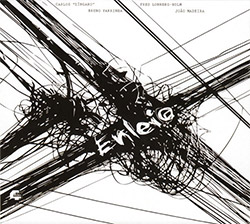
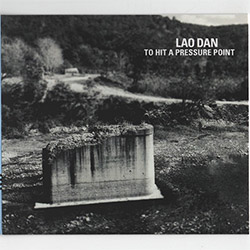
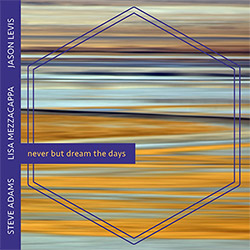
![Hemphill Stringtet, The: Plays the Music of Julius Hemphill [VINYL]](https://www.teuthida.com/productImages/misc4/36409.jpg)
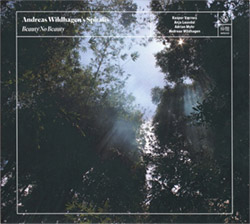
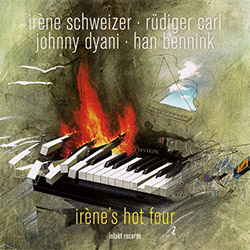
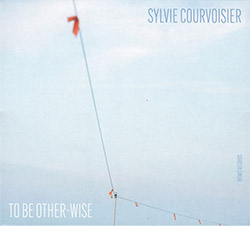
![Halvorson, Mary Septet: Illusionary Sea [2 LPS]](https://www.teuthida.com/productImages/misc4/17952.jpg)
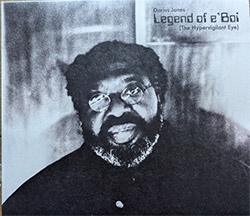
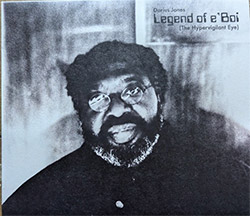
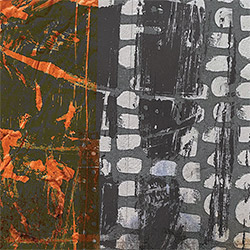
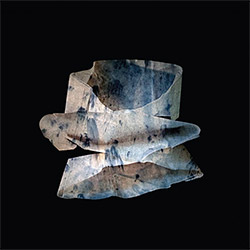
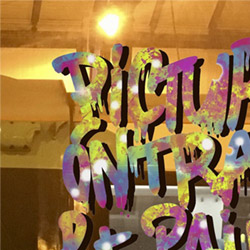
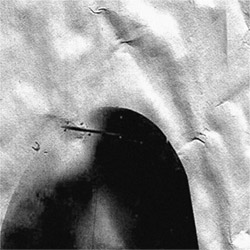
![Money : Money 2 [2 CDs]](https://www.teuthida.com/productImages/misc4/35894.jpg)
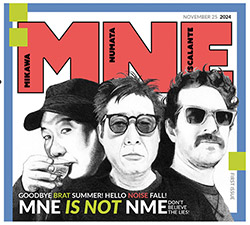
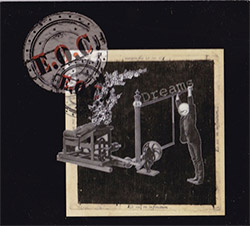
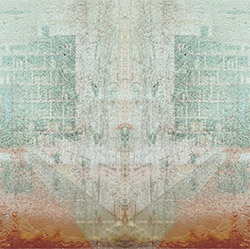
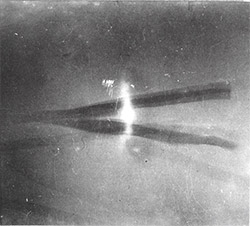
![Klinga, Erik: Elusive Shimmer [VINYL]](https://www.teuthida.com/productImages/misc4/36258.jpg)
![CHANGES TO blind (Phil Zampino): Volume 9 - I Wave on a Fine Vile Mist [CD + DOWNLOAD]](https://www.teuthida.com/productImages/misc4/36061.jpg)

![Wallmart / Rubbish: Asset Protection [split CD]](https://www.teuthida.com/productImages/misc4/35900.jpg)
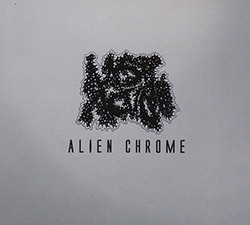
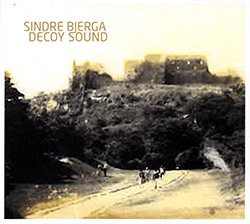
![+Dog+: The Family Music Book Vol. 5 [2 CDs]](https://www.teuthida.com/productImages/misc4/35897.jpg)
![Kuvveti, Deli : Kuslar Soyledi [CASSETTE w/ DOWNLOAD]](https://www.teuthida.com/productImages/misc4/36107.jpg)

![Nakayama, Tetsuya: Edo Wan [CASSETTE w/ DOWNLOAD]](https://www.teuthida.com/productImages/misc4/36105.jpg)


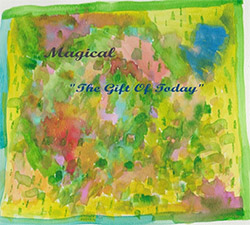

![Yiyuan, Liang / Li Daiguo: Sonic Talismans [VINYL]](https://www.teuthida.com/productImages/misc4/35957.jpg)
![Brown, Dan / Dan Reynolds: Live At The Grange Hall [unauthorized][CASSETTE]](https://www.teuthida.com/productImages/misc4/36245.jpg)
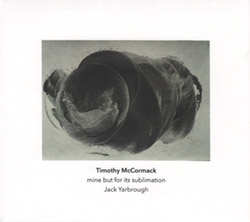

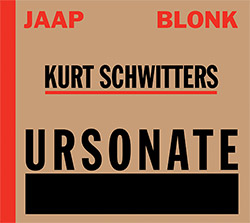
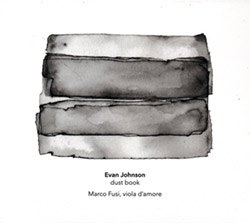
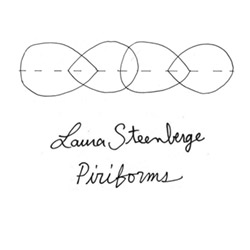
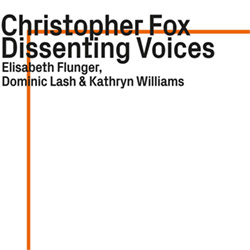
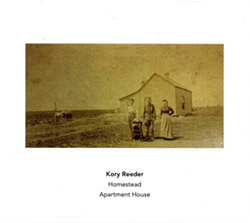
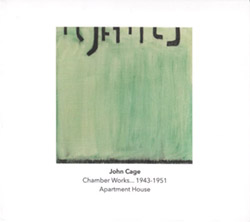
![Palestine, Charlemagne / Seppe Gebruers: Beyondddddd The Notessssss [VINYL]](https://www.teuthida.com/productImages/misc4/36206.jpg)
![Palestine, Charlemagne / Seppe Gebruers: Beyondddddd The Notessssss [NEON GREEN VINYL]](https://www.teuthida.com/productImages/misc4/36207.jpg)
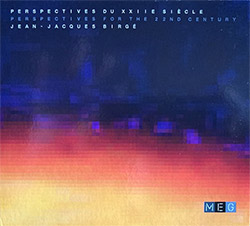
![Laubrock, Ingrid: Purposing The Air [2 CDs]](https://www.teuthida.com/productImages/misc4/35639.jpg)
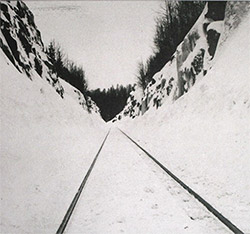
![Yoko, Ono / The Great Learning Orchestra: Selected Recordings From Grapefruit [2 CDs]](https://www.teuthida.com/productImages/misc4/35841.jpg)
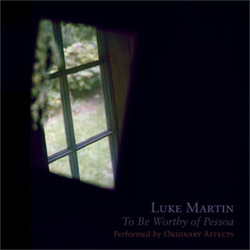
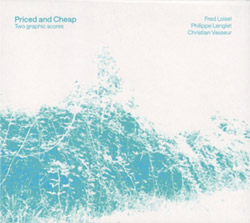
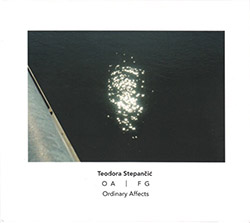
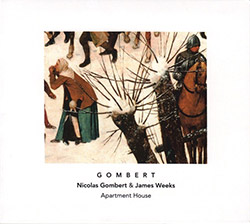

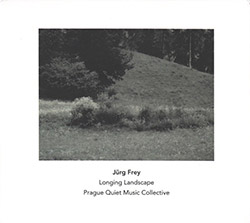

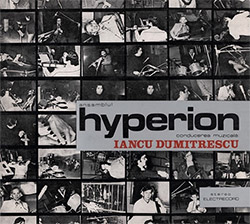
![Zorn, John / JACK Quartet: The Complete String Quartets [2 CDs]](https://www.teuthida.com/productImages/misc4/35609.jpg)

![Lonsdale, Eden: Dawnings [2 CDs]](https://www.teuthida.com/productImages/misc4/35480.jpg)
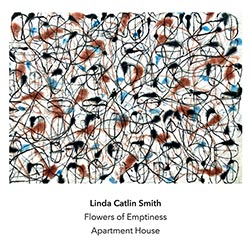
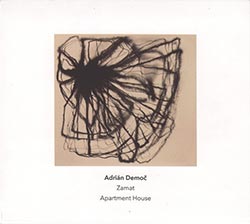
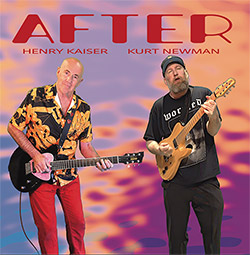
![Sorry For Laughing (G. Whitlow / M. Bates / Dave-Id / E. Ka-Spel): Rain Flowers [2 CDS]](https://www.teuthida.com/productImages/misc4/35985.jpg)

![Rolando, Tommaso / Andy Moor : Biscotti [CASSETTE w/ DOWNLOADS]](https://www.teuthida.com/productImages/misc4/36106.jpg)
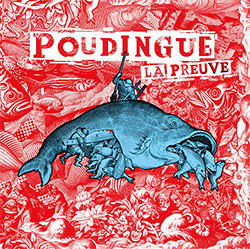
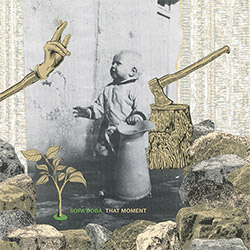
![Electric Bird Noise / Derek Roddy: 8-10-22 [CD EP]](https://www.teuthida.com/productImages/misc4/35970.jpg)
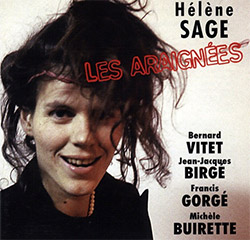
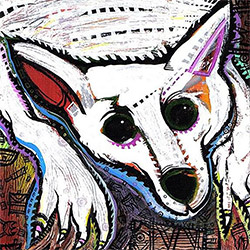

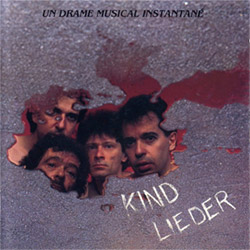
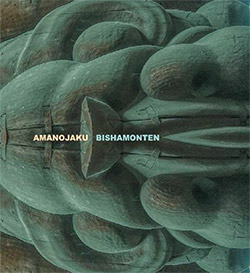
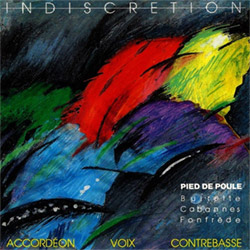
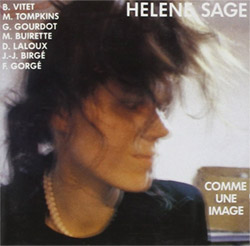
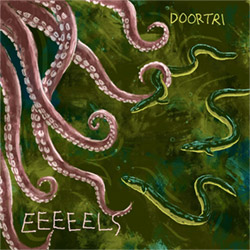
![Elephant9 : Mythical River [VINYL]](https://www.teuthida.com/productImages/misc4/34624.jpg)
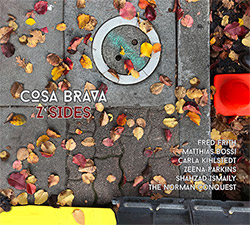
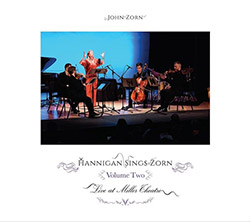
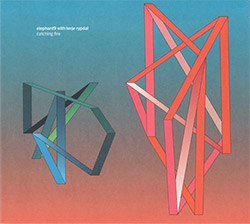
![Elephant9 with Terje Rypdal: Catching Fire [VINYL 2 LPs]](https://www.teuthida.com/productImages/misc4/35355.jpg)
![Deerlady (Obomsawin, Mali / Magdalena Abrego): Greatest Hits [VINYL]](https://www.teuthida.com/productImages/misc4/34876.jpg)
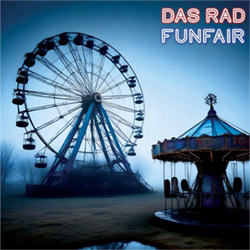
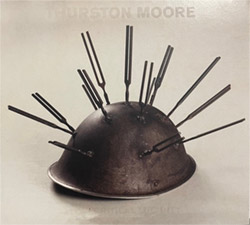
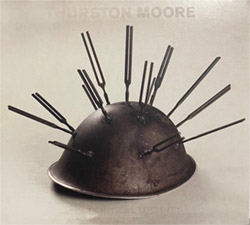

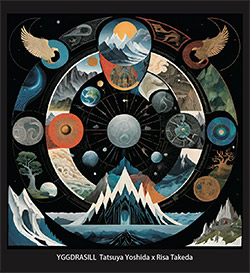
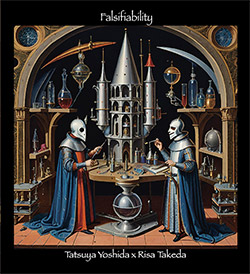

![Surplus 1980: Illusion of Consistency [CD]](https://www.teuthida.com/productImages/misc4/35069.jpg)
![Staiano, Moe: Away Towards the Light [VINYL + DOWNLOAD]](https://www.teuthida.com/productImages/misc4/35037.jpg)
![Coley, Byron: Dating Tips for Touring Bands [VINYL]](https://www.teuthida.com/productImages/misc4/17906.jpg)

![Lost Kisses: My Life is Sad & Funny [DVD]](https://www.teuthida.com/productImages/misc4/lostKissesDVD.jpg)